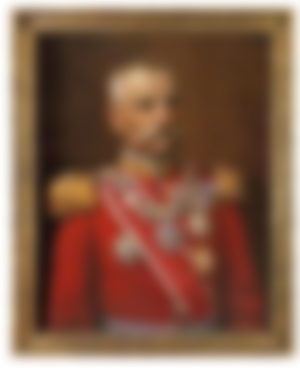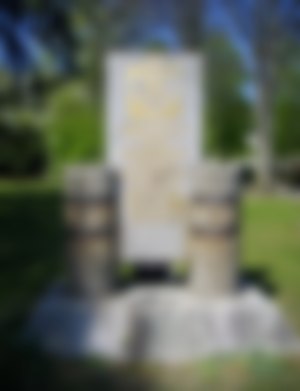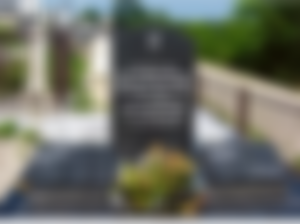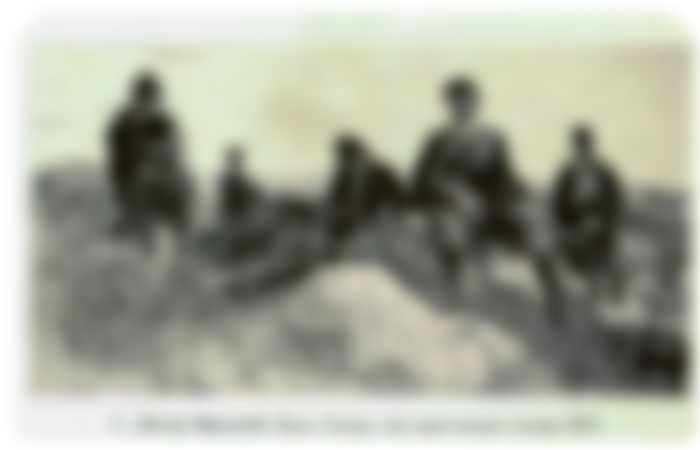King Petar I Karadjordjevic, one of the most beloved Serbian rulers, "the people's king", "uncle Pera" and a man whose rule is associated with the emergence of the first democratic institutions in Serbia. Although much is known about him, there are lesser-known stories and facts. These are some of them.

King Peter was crowned on September 21, 1904, after the May coup in which King Alexander and Queen Draga Obrenović were killed. He was very much loved by the people. He was considered an honest and good man of mild temperament. Since he was the king of Serbia during the period of great Serbian military successes, he remained remembered by the Serbian people as King Petar the Liberator, also known as the Old King. The time of his rule also marked the emergence of the first democratic institutions in Serbia, because King Peter was known for his liberal policy and commitment to the constitutional order of the country. He died on August 16, 1921, at the age of 77, and was buried in his endowment in Oplenac. Although the life of King Peter is well studied and known, there are still some lesser known facts. I present to you some of them.
In his youth, he introduced himself as Petar Mrkonjić
Petar Karadjordjevic was Karadjordjevic's grandson and the third son of Persida and Prince Aleksandar Karadjordjevic, the ruler who was forced to abdicate after the St. Andrew's Assembly. Petar lived abroad with his family, but he never stopped contacts with Serbia. In 1875, he worked on the organization and actively participated in the Bosnian-Herzegovinian uprising under the name Petar Mrkonjić, a name he used in other activities and correspondence he conducted at the time.

Serbian king in the Legion of Foreigners
King Peter lived in Paris for a time in his youth during his exile and the family's migration to Europe. He fought in the French army in the Franco-Prussian War. Namely, Petar Mrkonjić joined the Legion of Foreigners of the French Army in 1870 and took part in numerous battles with it. It was decorated with a war memorial from 1870.
Monument to King Peter in Orléans, where he fought during the Franco-Prussian War of 1870/71.

The future king of Serbia was engaged in photography and painting in Paris, and perfected his military and political education. It opened the vistas of the ideas of political liberalism, parliamentarism and democracy. At the beginning of 1868, Prince Peter printed in Vienna his translation of the book "On Freedom" by the English politician and philosopher John Stuart Mill, with his foreword, which would later become his political program. John Stuart Mill is considered the most influential philosopher of the 19th century in the English-speaking world, and in general, one of the most successful defenders of the liberal view of man and society.
He was a mason
It is reliably known that King Petar I Karađorđević was a Freemason and that he was initiated during his stay in France under the name Petar Mrkonjić, which he also used in the Herzegovinian uprising in 1875.
A king who lived on his salary
Little is known, however, that after coming to the helm of Serbia after the May coup, this King Petar lived only on the salary he received from the Government for his work. From that money, he raised the endowment of Karadjordjevic in Oplenac, and it was also noted that once, when he lacked money, the minister in his own government refused his loan.
King on a bullock cart

After the magnificent victories at Cer and Kolubara in 1914 and the incredible resistance that Serbia offered to a far stronger enemy, in 1915 the army and the government were forced to withdraw. The path on which most of the population followed them led through inhospitable Albania. The Albanian Golgotha left a big mark on the health of the aged king. However, Petar Karadjordjevic refused all advice to give up following his soldiers through the Albanian ravines. King Peter crossed the Golgotha with an army on a bullock cart, and where the mountains were impassable, he was carried by his soldiers, until they reached the Albanian coast on the Adriatic.
The only ruler who erected a monument to an ordinary peasant woman and her son

In the village of Slovac near Lajkovac, there is still a monument on which it is written: "This monument was erected by Petar Karađorđević Makreni Spasojević, who lies here, and her son Marinko, who calms down with an eternal dream in the ravines of Arbanija." This is the only case in the world where a ruler erects a monument to an ordinary peasant woman and her son. King Peter met Makren during his retreat through Albania. She went after the army to find her only son Marinko and gave him the woolen socks she had knitted. However, when she realized that she would not be able to go any further, she gave the socks to King Peter with a vow to find her son. King Peter did not forget his promise. Marinka was found, but he died of cold somewhere in the mountains of Albania. The story says that until the end of his life, he did not separate from his mother Makrena's woolen socks, that on his deathbed he asked them to put them on and that he died in them.




